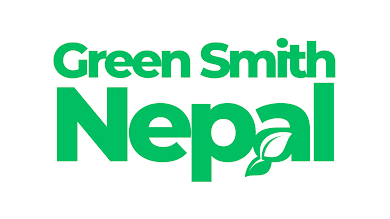Nepal stands at a pivotal moment in its development journey, facing rapid urbanization and evolving consumption patterns that have led to a mounting waste management crisis. This article examines the current state of waste management in Nepal, identifies key challenges, and explores the opportunities for transitioning to a circular economy through innovative policy and community-driven solutions.
Current Waste Management Landscape
Nepal’s waste management system is characterized by significant disparities between urban and rural areas. Urban centers like Kathmandu, Pokhara, and Lalitpur generate vast amounts of municipal solid waste, much of which is either openly dumped or burned due to inadequate collection and recycling facilities. In contrast, rural communities often lack even basic waste collection services, resulting in widespread environmental pollution.
The informal sector plays a crucial, albeit often unrecognized, role in recycling and waste collection. Waste pickers—many of them women and marginalized individuals—collect recyclables from streets and landfills, providing a vital service with little support or safety net.
Key Challenges
- Plastic Pollution: Over 450 metric tonnes of plastic waste are generated daily in Nepal, much of which ends up in rivers and open spaces, threatening ecosystems and public health.
- Infrastructure Gaps: Limited recycling facilities and reliance on open dumping and burning exacerbate environmental degradation.
- Regulatory and Enforcement Issues: Weak enforcement of existing bans and policies, coupled with fragmented regulatory frameworks, hampers effective waste management.
- Financial Constraints: Municipalities often lack the resources to manage waste effectively, with collection and disposal consuming up to 50% of their annual budgets.
Opportunities for a Circular Economy
A circular economy approach—where resources are kept in use for as long as possible, waste is minimized, and materials are recovered and regenerated—offers a sustainable path forward for Nepal.
- Extended Producer Responsibility (EPR): EPR shifts the responsibility for end-of-life product management from municipalities to producers, incentivizing eco-design and investment in recycling infrastructure. EPR has been shown to significantly reduce waste generation and improve recycling rates in countries like Germany and Japan.
- Community-Based Solutions: Grassroots initiatives, such as the Green Homes: Green Kathmandu project, empower citizens through education and training in sustainable waste management, upcycling, and urban farming.
- Private Sector and Public-Private Partnerships: Cities like Pokhara and Lalitpur have benefited from opening up waste management to private sector participation, leading to improved services and increased revenue.
Case Studies and Innovations
- Dhankuta: Once littered with trash, Dhankuta is now recognized as Nepal’s cleanest city, thanks to improved waste collection, landfill management, and vermicomposting.
- Green Homes: Green Kathmandu: This project has enabled households to adopt sustainable practices, reduce waste, and improve food security through rooftop gardening and upcycling.
Conclusion
Nepal’s waste management challenges are significant but not insurmountable. By embracing a circular economy framework, leveraging EPR, and supporting community-driven initiatives, Nepal can transform its waste management landscape, protect its environment, and create new economic opportunities.
References
- Tribhuvan University Journal: "Extended Producer Responsibility (EPR) in Nepal: A Transformative Policy Strategy for Sustainable Waste Management"
- World Bank: "Incentives for cleaner cities in Nepal"
- Global Peace Foundation: "Green Homes: Green Kathmandu Project Brings Sustainable Development to Nepalese Families"




0 Comments